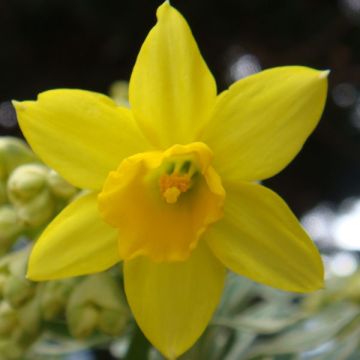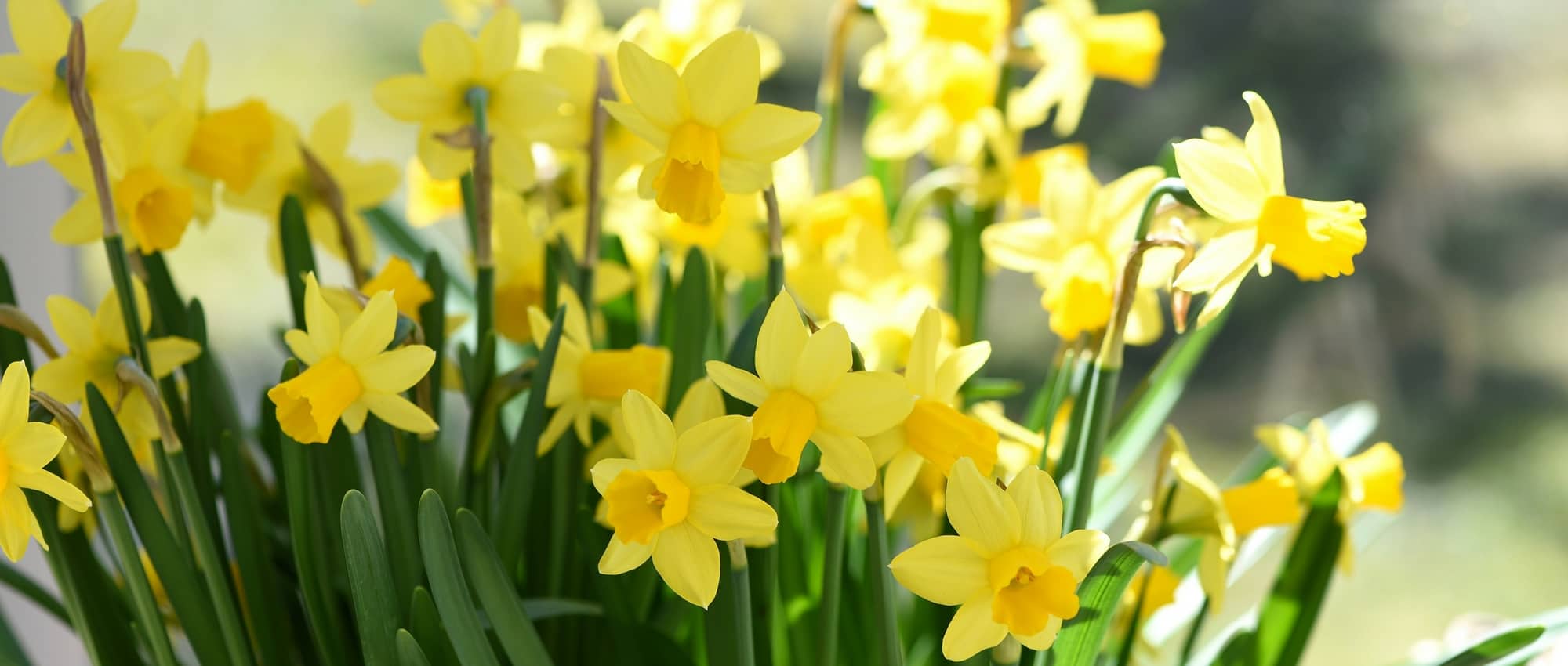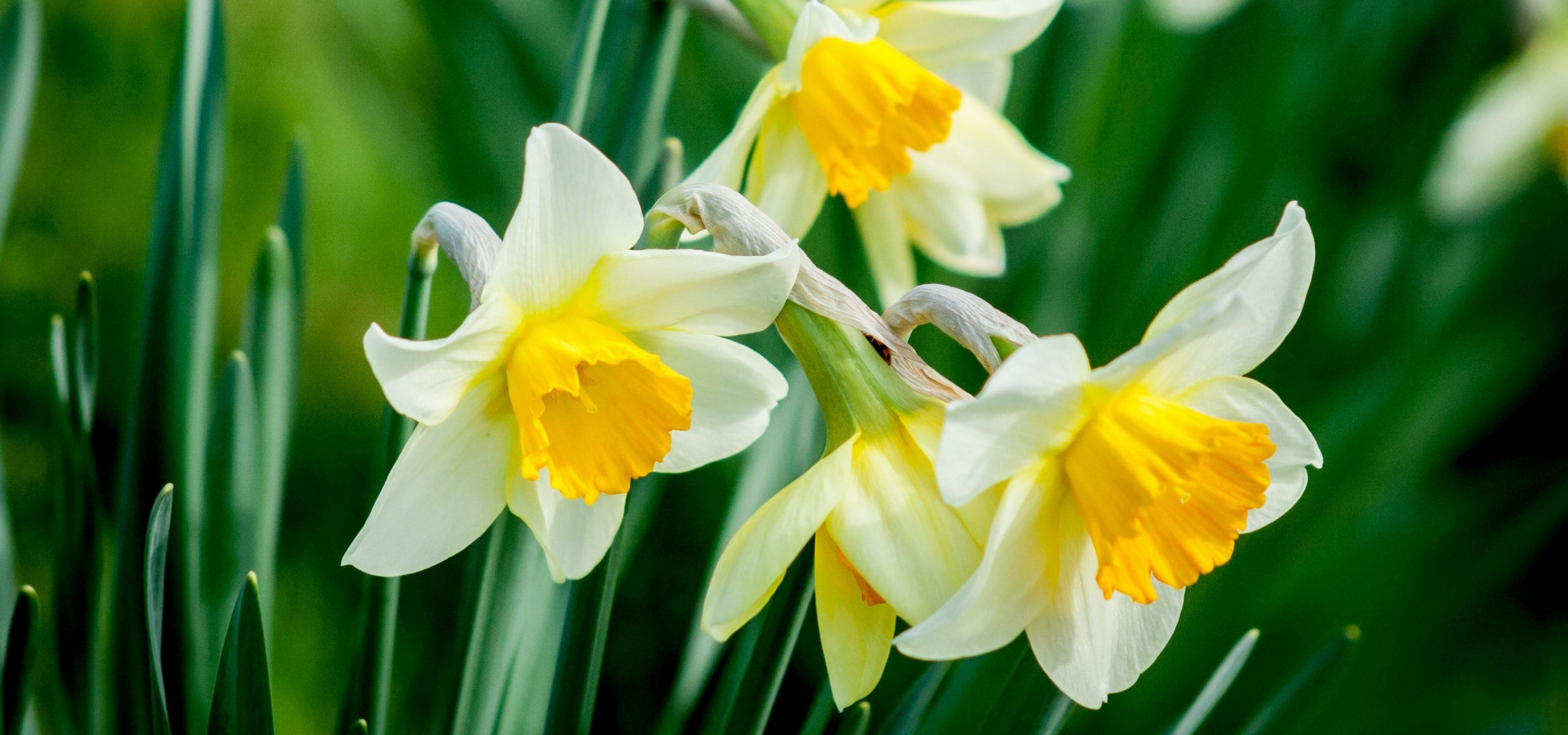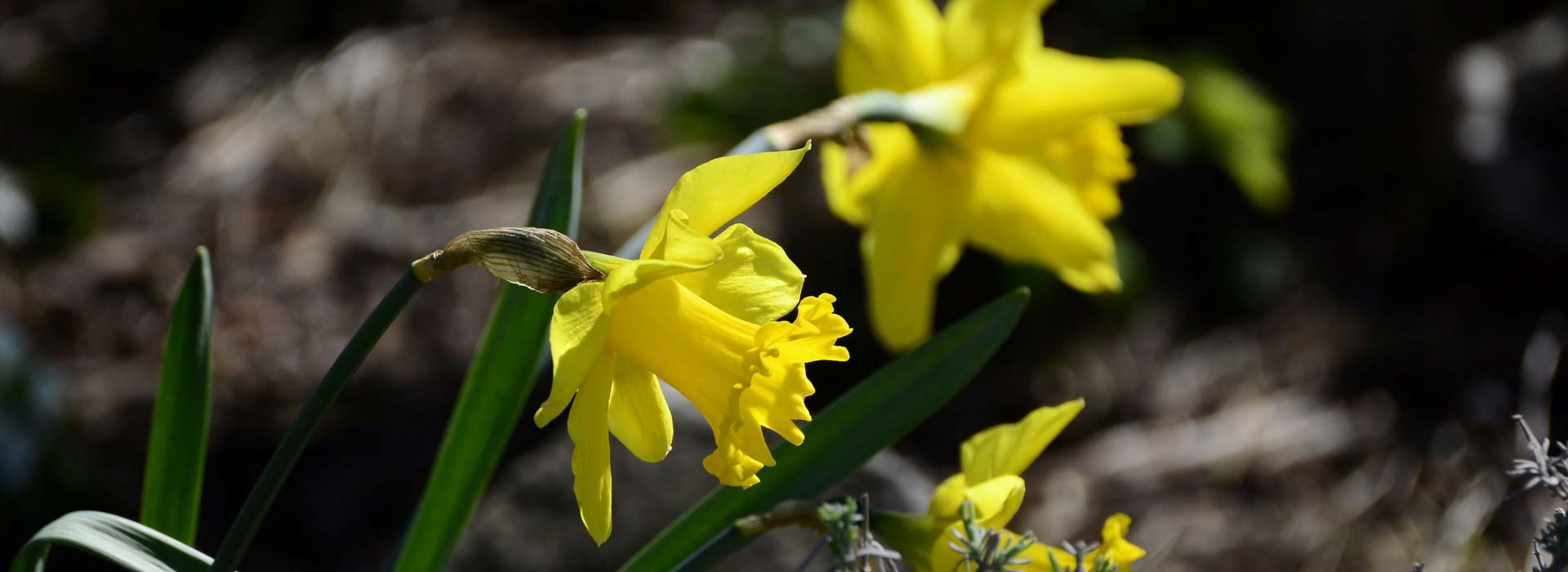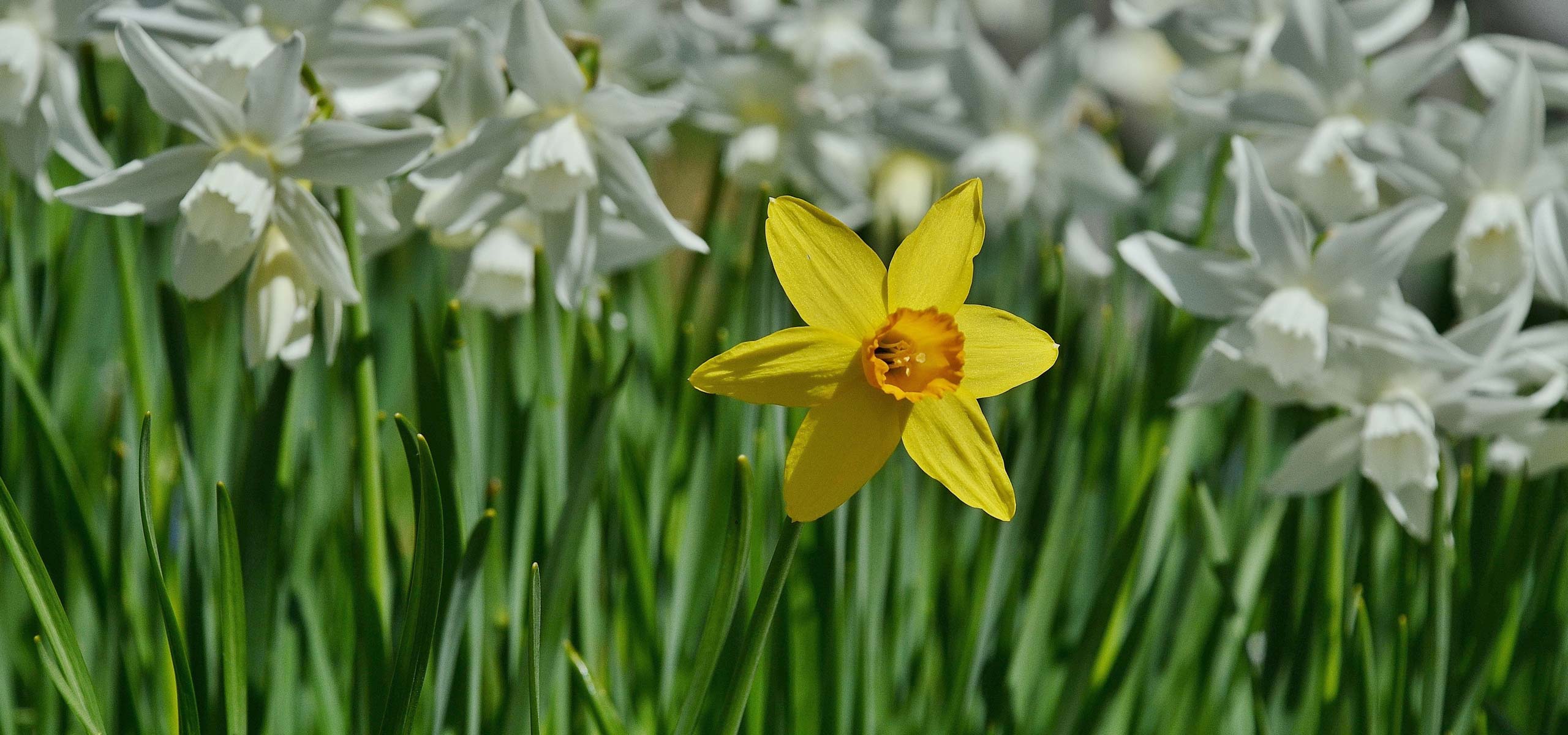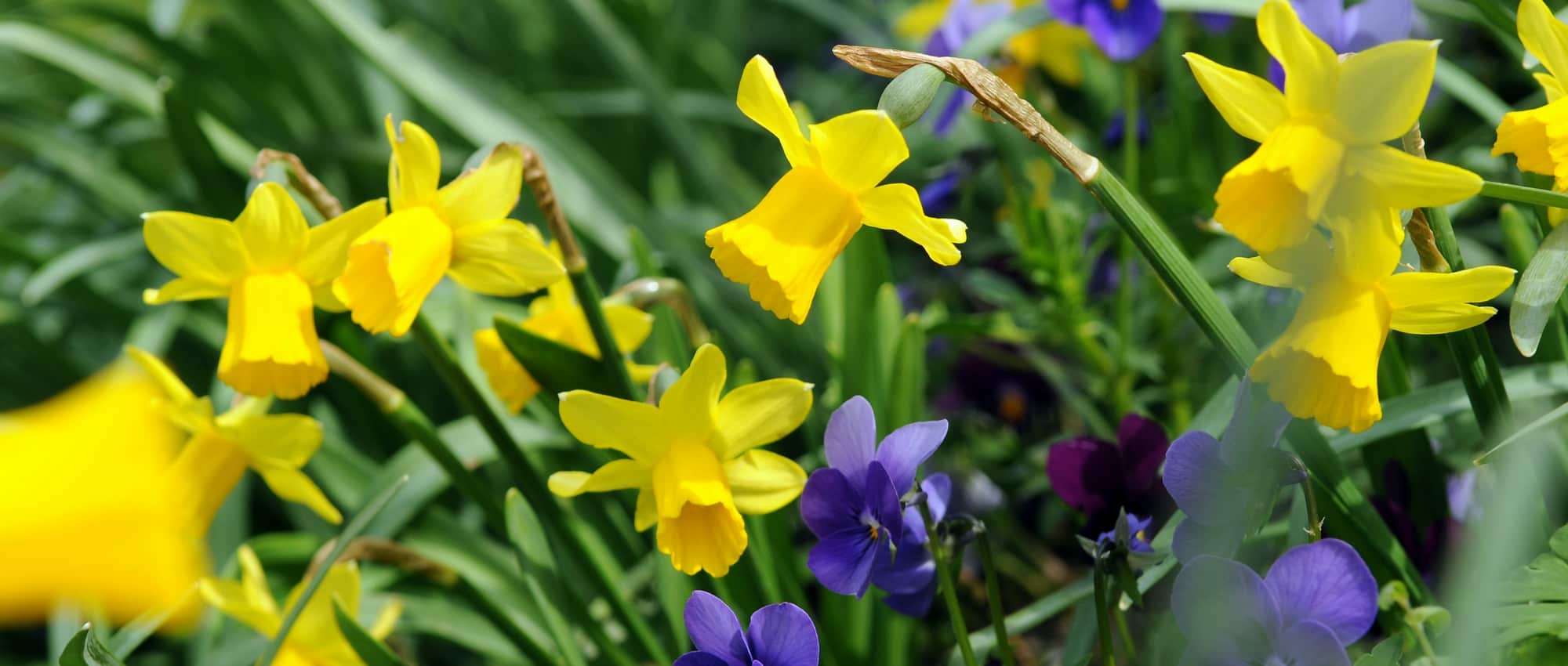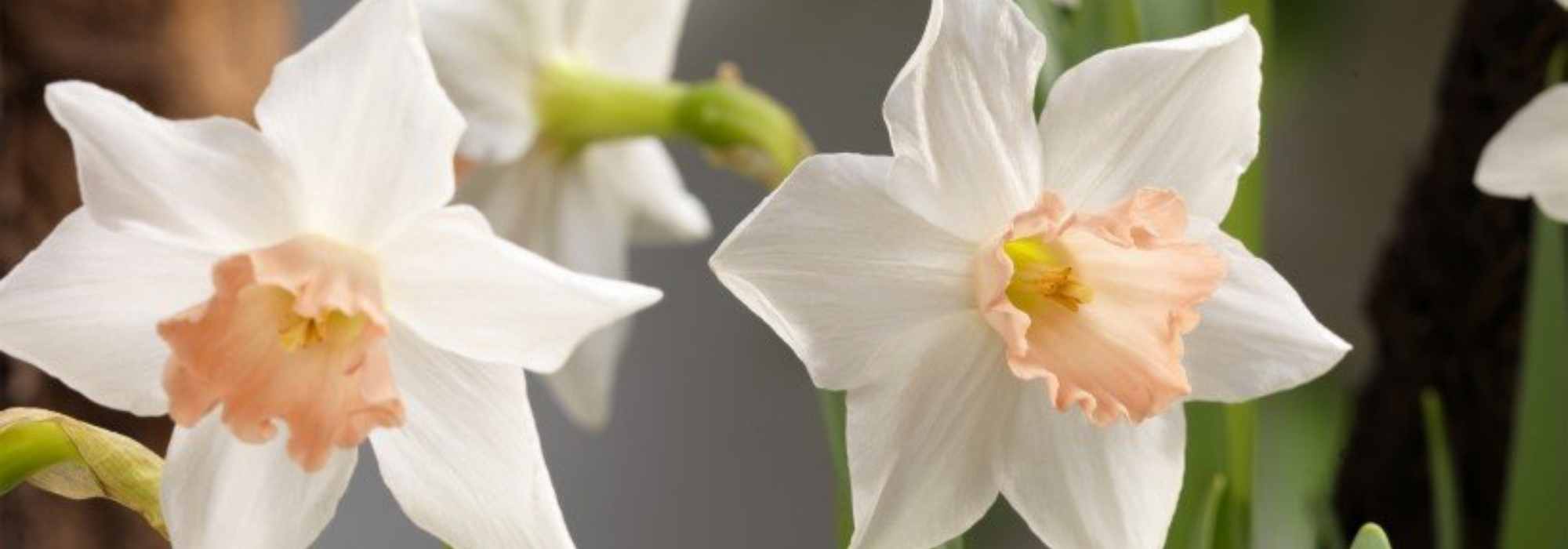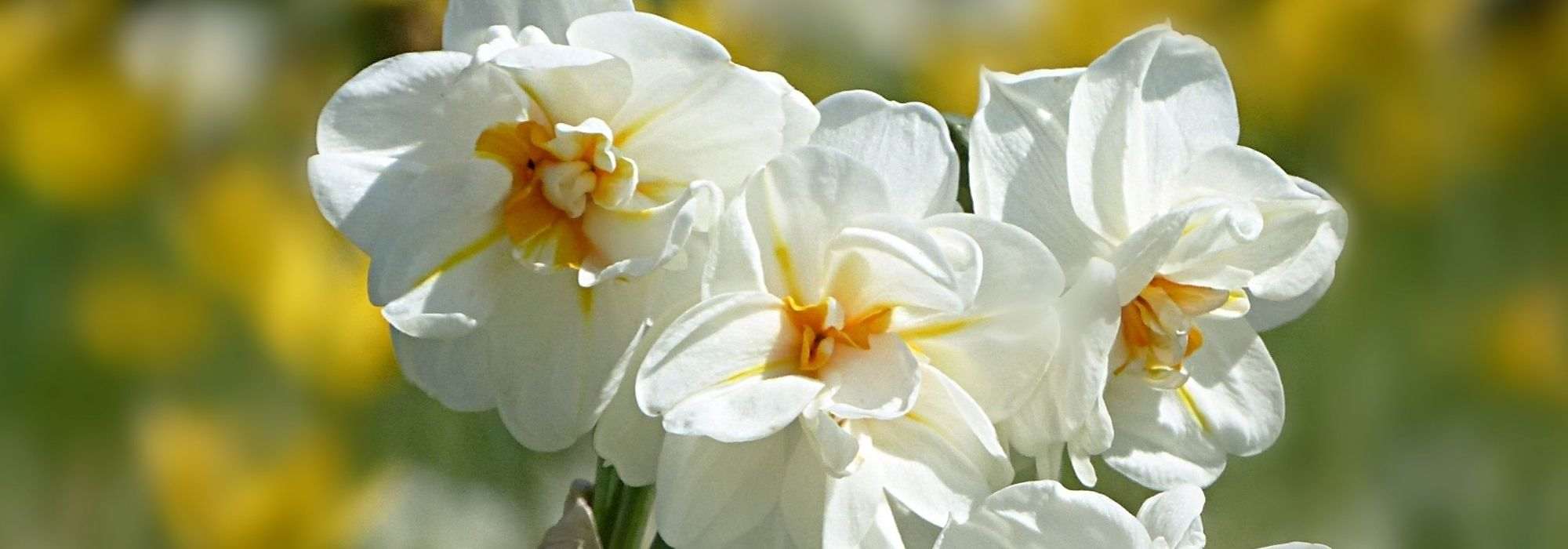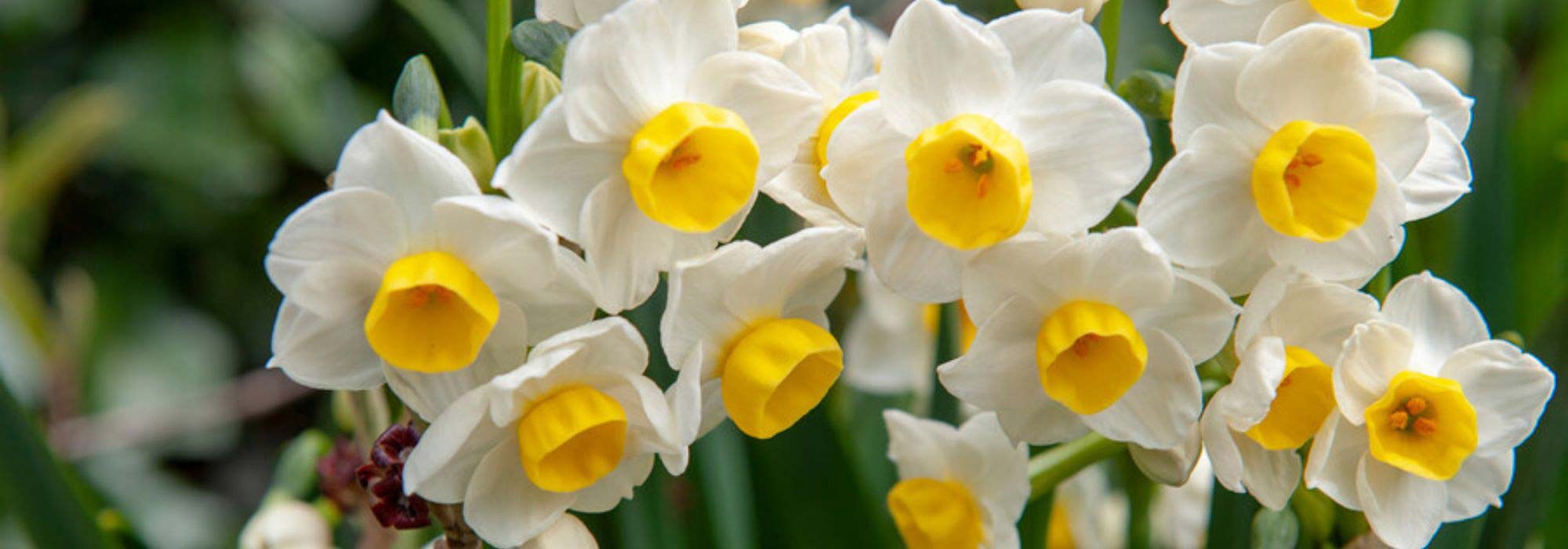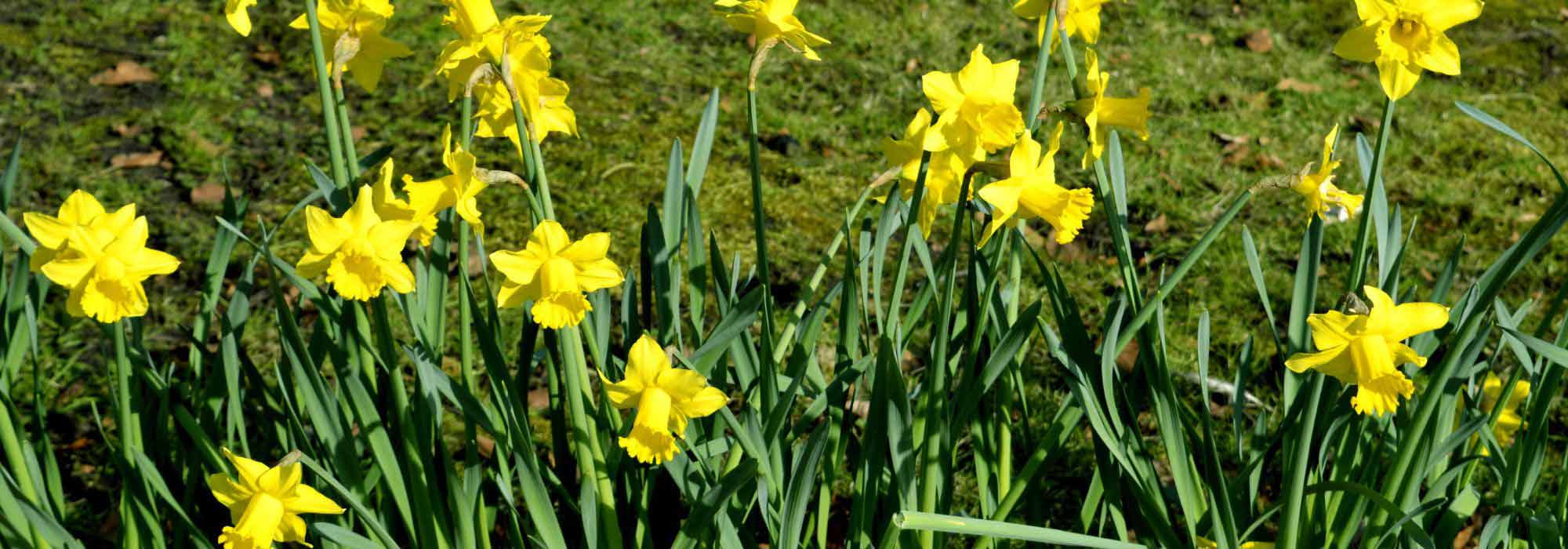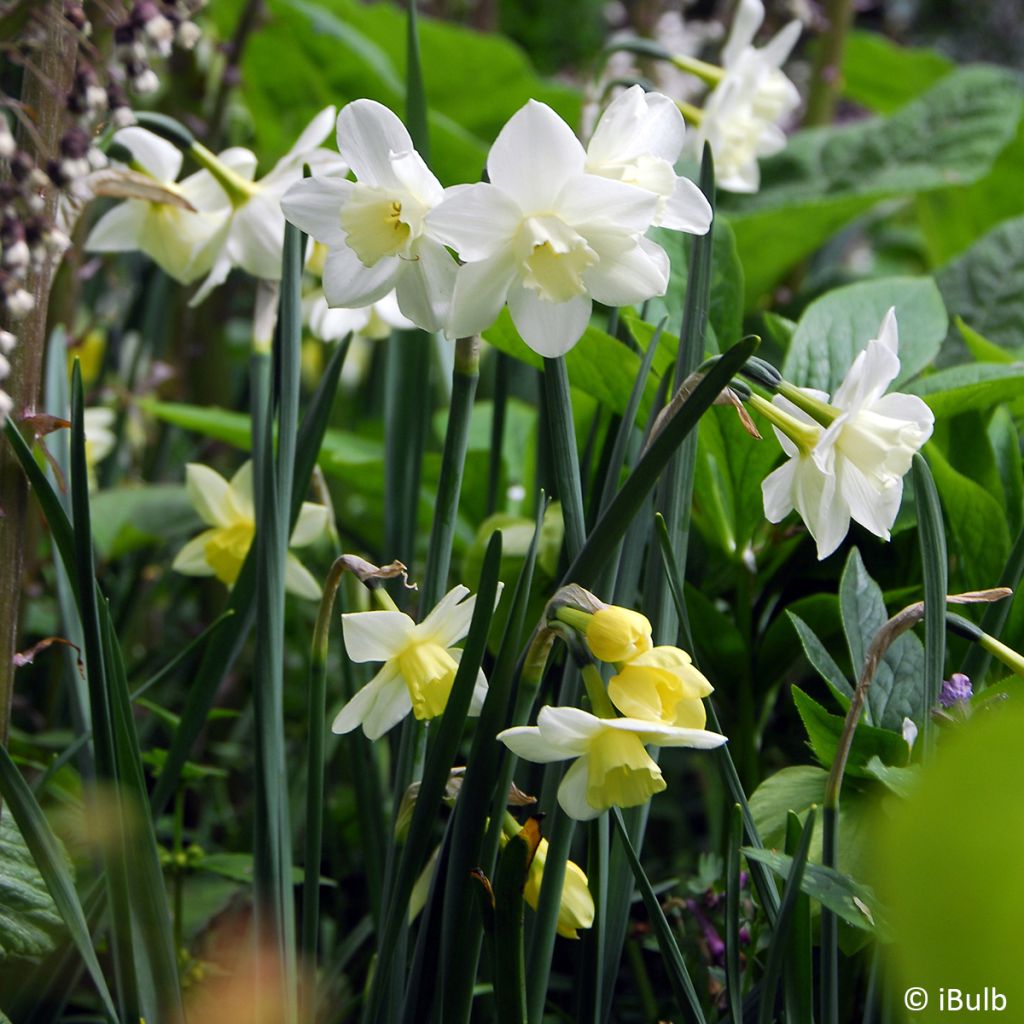

Narcissus jonquilla Pueblo - Daffodil
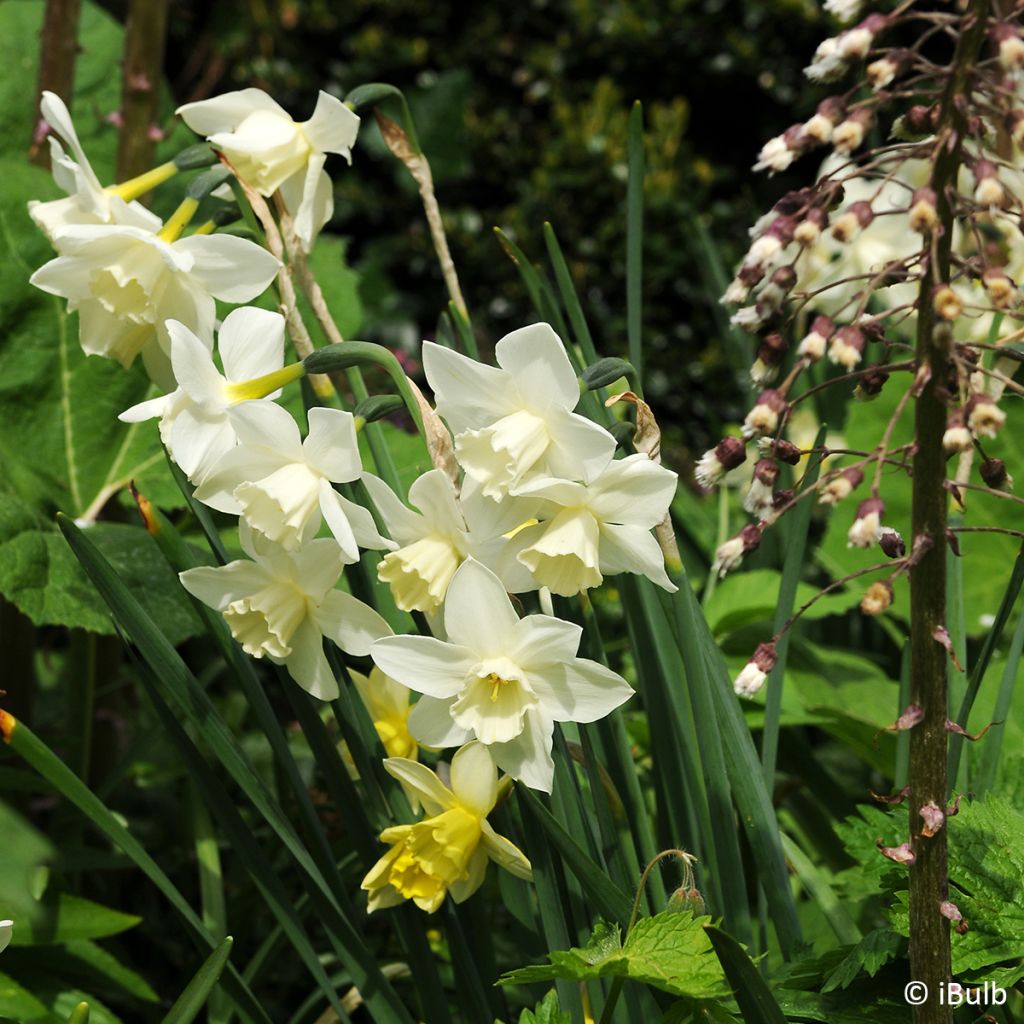

Narcissus jonquilla Pueblo - Daffodil


Narcissus jonquilla Pueblo - Daffodil
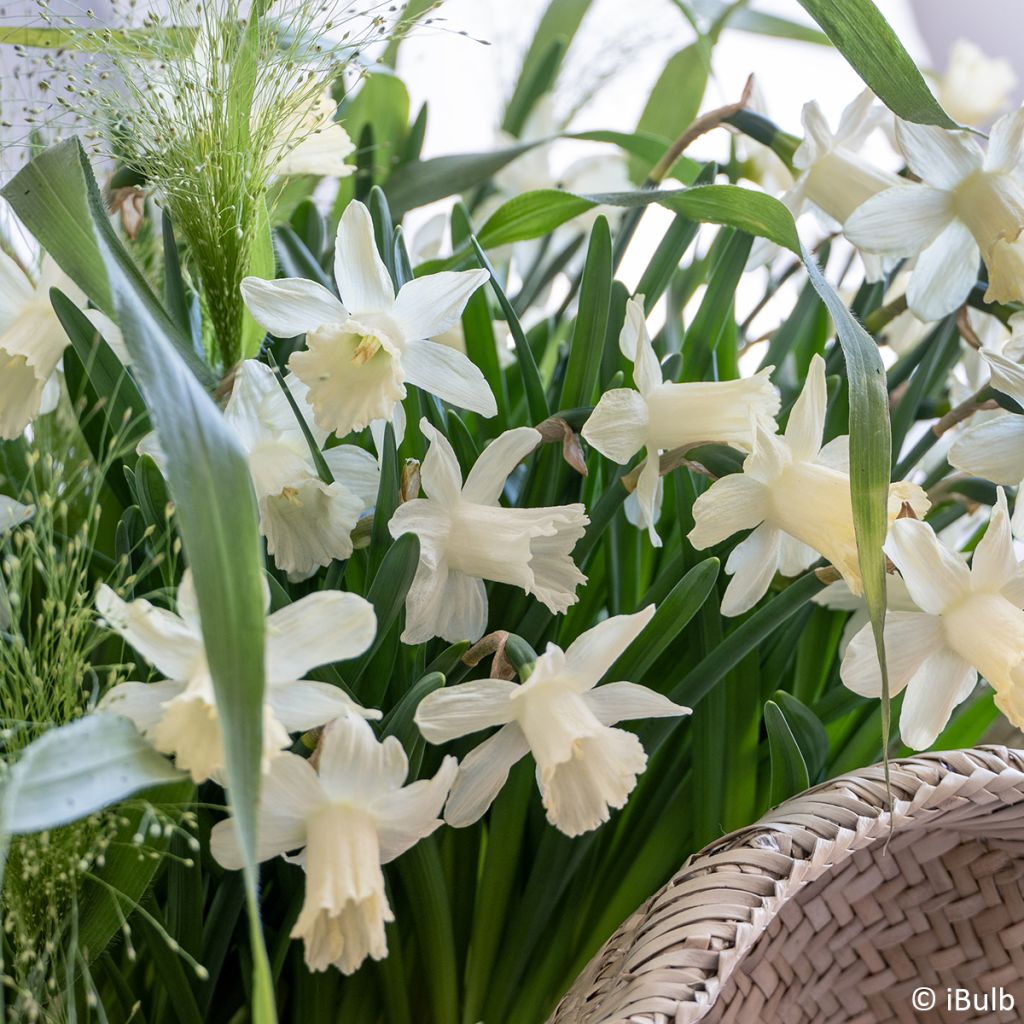

Narcissus jonquilla Pueblo - Daffodil
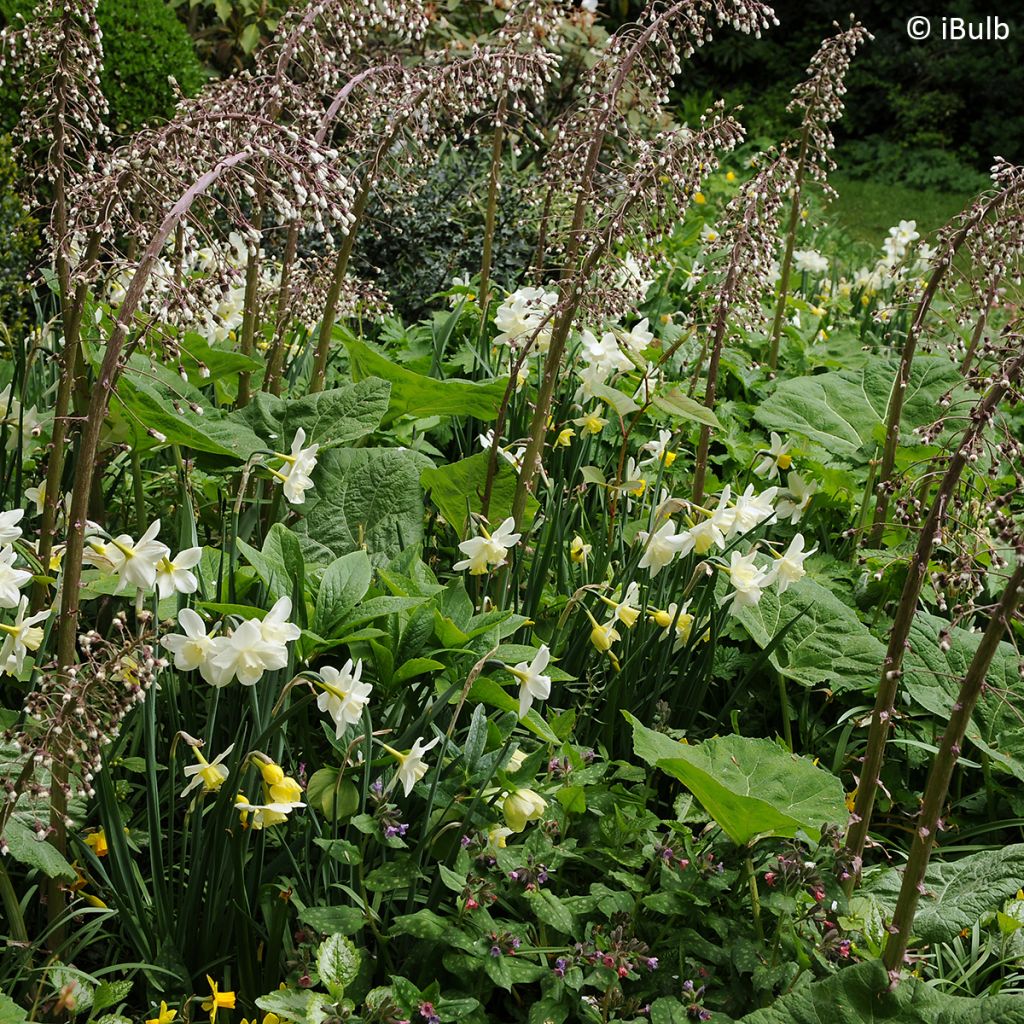

Narcissus jonquilla Pueblo - Daffodil
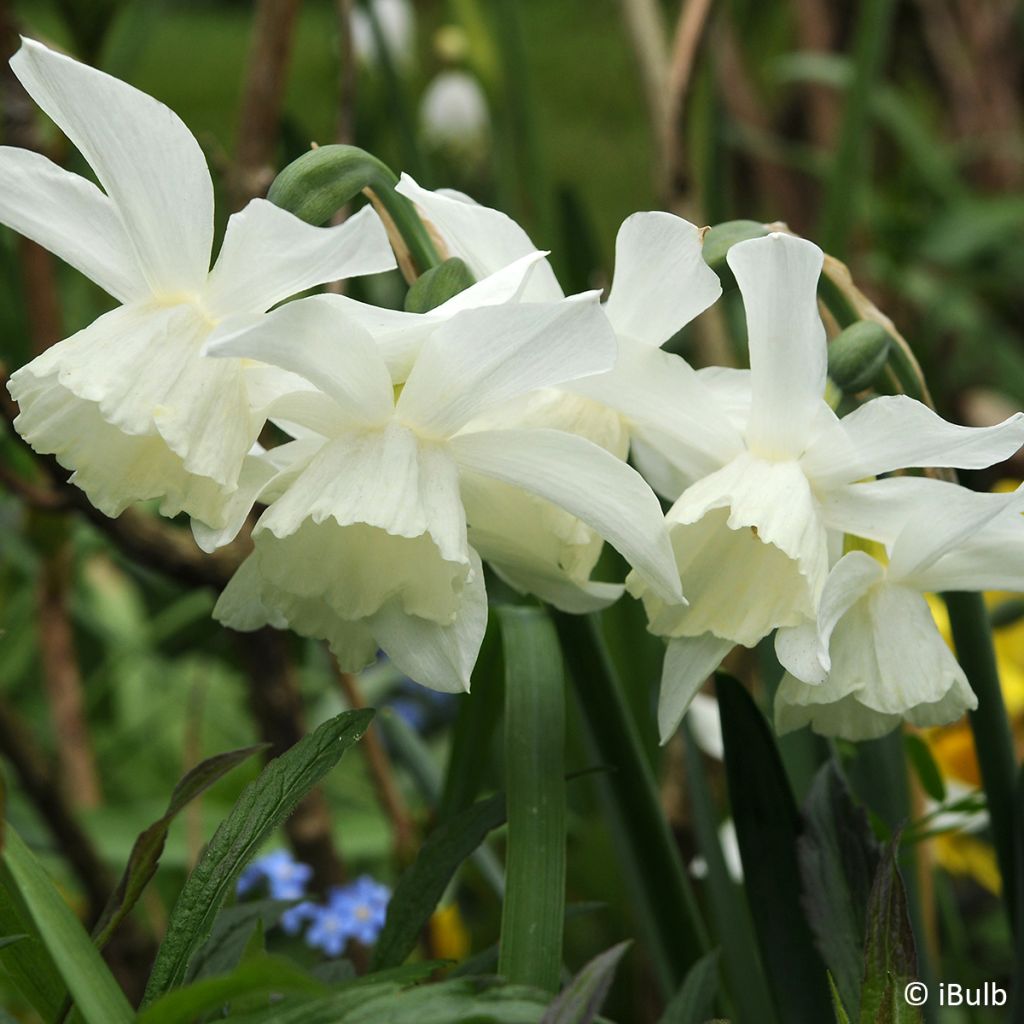

Narcissus jonquilla Pueblo - Daffodil
Narcissus jonquilla Pueblo - Daffodil
Narcissus jonquilla Pueblo
Daffodil, Narcissus
Bulbs arrived in good condition. Verdict in the spring.
Felicia, 24/11/2020
Special offer!
Receive a €20 voucher for any order over €90 (excluding delivery costs, credit notes, and plastic-free options)!
1- Add your favorite plants to your cart.
2- Once you have reached €90, confirm your order (you can even choose the delivery date!).
3- As soon as your order is shipped, you will receive an email containing your voucher code, valid for 3 months (90 days).
Your voucher is unique and can only be used once, for any order with a minimum value of €20, excluding delivery costs.
Can be combined with other current offers, non-divisible and non-refundable.
Why not try an alternative variety in stock?
View all →This plant carries a 6 months recovery warranty
More information
We guarantee the quality of our plants for a full growing cycle, and will replace at our expense any plant that fails to recover under normal climatic and planting conditions.

Would this plant suit my garden?
Set up your Plantfit profile →
Description
The 'Pueblo' Narcissus is an adorable little daffodil with a lovely fragrance that bears one to three pretty star-shaped flowers on each stem, blooming in a primrose yellow colour. Over time, the petals fade to a creamy white, while the small cup retains its fresh yellow colour. Not very tall, this variety blooms in April, adding a touch of countryside charm to flower beds and rock gardens. Its flowers can be used to create tender and fragrant bouquets.
Native to Western Europe, the narcissus belongs to the Amaryllidaceae family. The Narcissus genus includes many species and varieties, both botanical and horticultural in origin. In certain regions, the yellow narcissus or trumpet narcissus (Narcissus pseudonarcissus) is sometimes called a daffodil, leading to frequent confusion between daffodils and narcissus. The daffodil (Narcissus jonquilla), with its clusters of small, fragrant yellow flowers and leaves resembling those of a rush, is one of the parents of the 'Pueblo' Narcissus, the other being the 'Binkie' Narcissus. It is a wild species native to Spain and Portugal, naturalised throughout the Mediterranean region, including Provence, Roussillon, and Brittany.
The 'Pueblo' narcissus was introduced in 1966. The plant reaches a height of approximately 33 cm (13in) when in bloom. Its hollow but sturdy stem typically bears one to three 6.5 cm (3in) diameter flowers in April, composed of a perianth or corolla with 6 wide petals that slightly overlap, changing colour from light yellow to bright white. The cup or paracorolla in the centre of the flower is short, cylindrical, undulated at the edges, and yellow in colour. The foliage, consisting of narrow linear leaves, disappears a few weeks after flowering, at the beginning of summer.
There is such a wide variety of narcissus species that one can enjoy them for three months in spring without ever getting bored. They all have in common the ability to naturalise easily, a love for yellow and white, and often emit sweet fragrances. These are all reasons to grow them in large clumps (at least 20 bulbs) for a multiplied effect. Combine the 'Pueblo' narcissus in natural flower beds with scillas and blanda anemones, accompany them with botanical tulips as well as forget-me-nots and small grasses like Stipa. A group of 'Pueblo' narcissus in a pot placed near the house or even in a cool room will emit an exceptional fragrance. They are simply perfect for bouquets.
For bouquets: We advise against mixing narcissus with other flowers, particularly tulips, as the stems of narcissus contain a substance that causes other flowers to wilt quickly. To mitigate this detrimental effect on other flower types, you can dip the ends of narcissus stems in warm water for 1 to 2 minutes.
Narcissus bulbs come back every year. Unlike perennial plants, it is unnecessary to fertilise them before flowering. Only cut the leaves when they have turned yellow and provide fertiliser then: this is when the bulb is replenishing itself and preparing for the following year's flowers.
Narcissus jonquilla Pueblo - Daffodil in pictures




Plant habit
Flowering
Foliage
Botanical data
Narcissus
jonquilla
Pueblo
Amarylidaceae
Daffodil, Narcissus
Cultivar or hybrid
Planting and care
Narcissi bloom from March to May and come back every year. Very easy to grow in well-drained soil, the 'Pueblo' narcissus prefers sunny or semi-shaded exposures. Plant them 10 cm (4in) deep and 10 cm (4in) apart. Group them in minimum clusters of 5 bulbs, in uniform colours or mixed. You can plant them in the short grass meadow. In this case, lift the grass turf, dig and loosen the soil to a depth of at least 20 cm (8in) (the depth of a spade). Plant your bulbs, cover with soil and replace the turf. Choose a spot where you won't mow, as it is necessary to let the narcissus leaves wither before cutting them. This is when the bulb feeds itself and prepares the flowers for the following year. However, remember to cut the flowers as soon as they have withered to prevent seed formation. This would unnecessarily exhaust the bulb.
Planting period
Intended location
Care
Planting & care advice
-
, onOrder confirmed
Reply from on Promesse de fleurs
Haven't found what you were looking for?
Hardiness is the lowest winter temperature a plant can endure without suffering serious damage or even dying. However, hardiness is affected by location (a sheltered area, such as a patio), protection (winter cover) and soil type (hardiness is improved by well-drained soil).

Photo Sharing Terms & Conditions
In order to encourage gardeners to interact and share their experiences, Promesse de fleurs offers various media enabling content to be uploaded onto its Site - in particular via the ‘Photo sharing’ module.
The User agrees to refrain from:
- Posting any content that is illegal, prejudicial, insulting, racist, inciteful to hatred, revisionist, contrary to public decency, that infringes on privacy or on the privacy rights of third parties, in particular the publicity rights of persons and goods, intellectual property rights, or the right to privacy.
- Submitting content on behalf of a third party;
- Impersonate the identity of a third party and/or publish any personal information about a third party;
In general, the User undertakes to refrain from any unethical behaviour.
All Content (in particular text, comments, files, images, photos, videos, creative works, etc.), which may be subject to property or intellectual property rights, image or other private rights, shall remain the property of the User, subject to the limited rights granted by the terms of the licence granted by Promesse de fleurs as stated below. Users are at liberty to publish or not to publish such Content on the Site, notably via the ‘Photo Sharing’ facility, and accept that this Content shall be made public and freely accessible, notably on the Internet.
Users further acknowledge, undertake to have ,and guarantee that they hold all necessary rights and permissions to publish such material on the Site, in particular with regard to the legislation in force pertaining to any privacy, property, intellectual property, image, or contractual rights, or rights of any other nature. By publishing such Content on the Site, Users acknowledge accepting full liability as publishers of the Content within the meaning of the law, and grant Promesse de fleurs, free of charge, an inclusive, worldwide licence for the said Content for the entire duration of its publication, including all reproduction, representation, up/downloading, displaying, performing, transmission, and storage rights.
Users also grant permission for their name to be linked to the Content and accept that this link may not always be made available.
By engaging in posting material, Users consent to their Content becoming automatically accessible on the Internet, in particular on other sites and/or blogs and/or web pages of the Promesse de fleurs site, including in particular social pages and the Promesse de fleurs catalogue.
Users may secure the removal of entrusted content free of charge by issuing a simple request via our contact form.
The flowering period indicated on our website applies to countries and regions located in USDA zone 8 (France, the United Kingdom, Ireland, the Netherlands, etc.)
It will vary according to where you live:
- In zones 9 to 10 (Italy, Spain, Greece, etc.), flowering will occur about 2 to 4 weeks earlier.
- In zones 6 to 7 (Germany, Poland, Slovenia, and lower mountainous regions), flowering will be delayed by 2 to 3 weeks.
- In zone 5 (Central Europe, Scandinavia), blooming will be delayed by 3 to 5 weeks.
In temperate climates, pruning of spring-flowering shrubs (forsythia, spireas, etc.) should be done just after flowering.
Pruning of summer-flowering shrubs (Indian Lilac, Perovskia, etc.) can be done in winter or spring.
In cold regions as well as with frost-sensitive plants, avoid pruning too early when severe frosts may still occur.
The planting period indicated on our website applies to countries and regions located in USDA zone 8 (France, United Kingdom, Ireland, Netherlands).
It will vary according to where you live:
- In Mediterranean zones (Marseille, Madrid, Milan, etc.), autumn and winter are the best planting periods.
- In continental zones (Strasbourg, Munich, Vienna, etc.), delay planting by 2 to 3 weeks in spring and bring it forward by 2 to 4 weeks in autumn.
- In mountainous regions (the Alps, Pyrenees, Carpathians, etc.), it is best to plant in late spring (May-June) or late summer (August-September).
The harvesting period indicated on our website applies to countries and regions in USDA zone 8 (France, England, Ireland, the Netherlands).
In colder areas (Scandinavia, Poland, Austria...) fruit and vegetable harvests are likely to be delayed by 3-4 weeks.
In warmer areas (Italy, Spain, Greece, etc.), harvesting will probably take place earlier, depending on weather conditions.
The sowing periods indicated on our website apply to countries and regions within USDA Zone 8 (France, UK, Ireland, Netherlands).
In colder areas (Scandinavia, Poland, Austria...), delay any outdoor sowing by 3-4 weeks, or sow under glass.
In warmer climes (Italy, Spain, Greece, etc.), bring outdoor sowing forward by a few weeks.






























